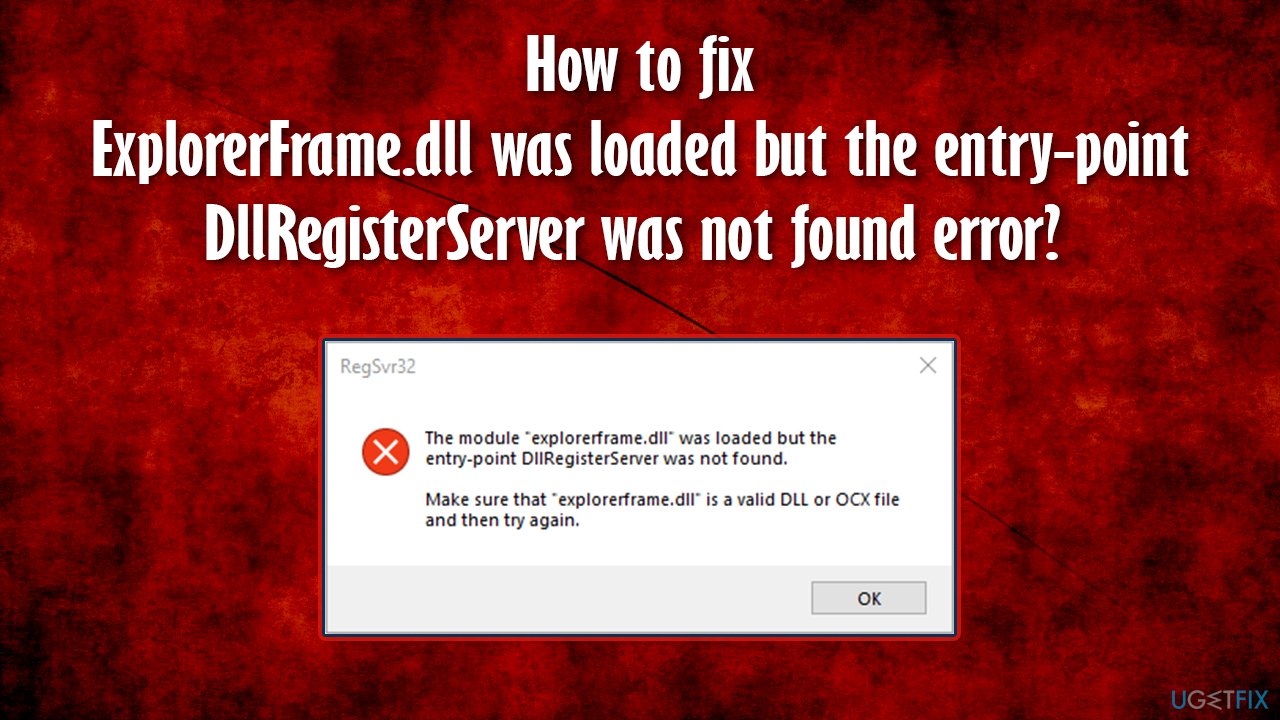

- XEOMA ENTRY POINT NOT FOUND FULL
- XEOMA ENTRY POINT NOT FOUND SOFTWARE
- XEOMA ENTRY POINT NOT FOUND PASSWORD
XEOMA ENTRY POINT NOT FOUND PASSWORD
The main log gives the administrator the other machine’s public IP – it does not coincide with any of the known external supervisors.Īt this point, the administrator is certain that this particular guard’s password has been compromised, willingly or on accident – this is not yet known. One of them is local (the guard), the other is external – a possible indication that unauthorized personnel gained remote access to the surveillance server. Now the administrator looks up this specific connection (by its time) in the main log to see if both connections were made from inside the local network or not.

Session IDs (ColumnA) show that the same user viewed different sources at the same time using different machines. The administrator studies the activity log around the time of the connection. This is reason enough to suspect a possible security breach. The facility’s network indicates that one external connection has been made during the day. The log’s help in this matter is twofold: an innocent man avoided being blamed for a crime he never committed the administrators for this facility found a security breach in their system that can be mended by rearranging the timing for “virtual rounds” for every guard station, so that at any given time every single camera is observed by at least one guard. Apparently, the perpetrator either knew the exact time the entrance won’t be under direct surveillance or had a stroke of good luck. The log could not have possibly been tempered with, since it is stored on the main server, the guard simply has no direct access to it. The log also shows that this procedure was not unique: he made these “virtual rounds” every hour, following the protocol. The log indicates that at the time of the accident the guard was viewing several other cameras, one-by-one. The administrator examines the activity log, checking the entries relating to the time of the emergency. There are reasons to suspect that he was in cahoots with the perpetrator – this would explain why he neglected to sound the alarm in time. The guard on duty, tasked with controlling this particular entrance, is instantly brought under scrutiny. The alarm was not set off upon the offender’s entry. Its practical applications are plentiful and we shall look at a couple of them.Īn emergency occurred: someone managed to bypass the security using one of the entrances and made off with something valuable.
XEOMA ENTRY POINT NOT FOUND SOFTWARE
Statistics gathering software can use this data for e.g. Now the seemingly confusing mess becomes a logical statement of facts, a data pack, that can be interpreted and analyzed, line-by-line.
XEOMA ENTRY POINT NOT FOUND FULL

Cross-referencing that with Xeoma’s main log ( …/Xeoma/Logs/.


 0 kommentar(er)
0 kommentar(er)
